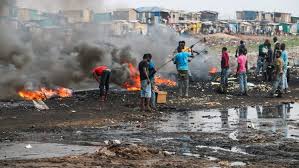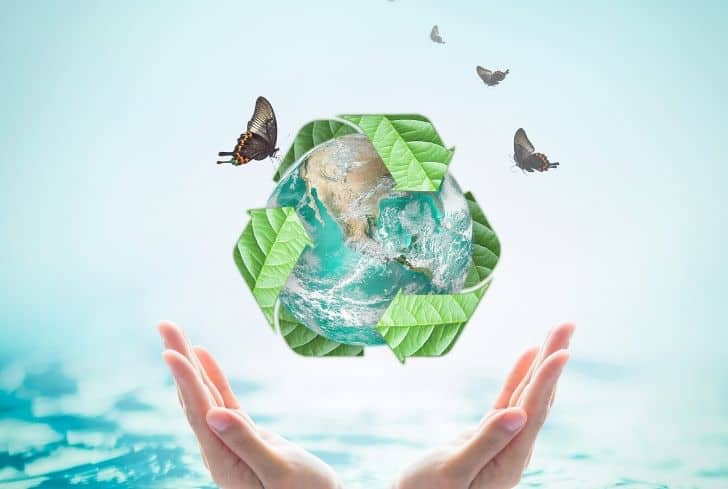According to a recent report from the United Nations University (UNU), global e-waste would increase by 38% between 2020 and 2030. The United Nations University is a global think tank and postgraduate teaching organisation based in Japan. The UNU’s objective is to address the world’s most critical human survival, development, and welfare, which concern the United Nations, its peoples, and member nations.
The concerning statistics
- In 2019, 53.6 million tonnes (MT) of e-waste were generated, representing a nearly 21% rise in just five years.
- Asia produced the most volume (about 24.9 MT), followed by the Americas (13.1 MT) and Europe (10 MT) (12 MT). Africa produced 2.9 MT and Oceania produced 0.7 MT, respectively.
- Small and large equipment such as screens and monitors, lighting, telecommunication equipment, and temperature exchange equipment made up the majority of E-waste.
- According to the United Nations University (UNU), just about 18% of the e-waste created was collected and recycled in 2019.
- E-waste comprising gold, silver, copper, platinum, and other high-value, recoverable elements worth at least USD 57 billion was mostly thrown or burned, rather than being collected for treatment and reuse.
- The number of countries with an e-waste policy, legislation, or regulation has risen from 61 to 78, with India among them.
- The International Telecommunication Union set a goal of raising the percentage of nations having e-waste legislation to 50% by 2020.
How is e-waste creating problems for the environment?

- Toxicity: Lead, Mercury, Cadmium, Chromium, Polybrominated biphenyls, and Polybrominated biphenyls are all harmful elements found in e-waste.
- Effects on Humans: Inhalation of poisonous gases, exposure to heavy metals, and similar causes serious ailments such as lung cancer, respiratory issues, bronchitis, and brain damage, among others.
- E-waste is an environmental issue that causes groundwater pollution, soil acidification, groundwater contamination, and air pollution owing to the burning of plastic and other leftovers.
E-waste in India
- The E-Waste (Management) Rules, 2016, require India to manage e-waste in a structured manner.
- E-waste classification, extended producer responsibility (EPR), collection targets, and restrictions on importing hazardous-element-containing e-waste are only a few of the highlights of the recommendations.
- In India, 312 authorised e-waste recyclers have a treatment capacity of about 800-kilo tonnes per year. However, because the informal sector still handles over 90% of e-waste as per the reports by United Nations University (UNU), the official recycling capacity is underutilised.
- In India, almost a million people work in manual recycling activities. Because workers aren’t registered, it’s difficult to keep track of concerns like workers’ rights, compensation, and safety precautions.
- Workers come from the most vulnerable elements of society, with no bargaining power and little knowledge of their rights. Because neither workers nor local sellers follow the procedures, this has a significant environmental impact.
The way ahead

- Developing a strategy to engage with informal sector workers is critical because doing so will help improve e-waste management practices. Still, it will also help protect the environment, improve labourers’ health and working conditions, and provide better job opportunities for over a million people.
- This will make management more ecologically friendly and easier to track.
- The most urgent requirement is to create jobs, which can be accomplished by finding and promoting cooperatives and widening the scope of the E-Waste (Management) Rules, 2016, to include these cooperatives or informal sector workers.
- The only option to effectively manage the e-waste that has yet to be regulated in at least 115 nations is to adopt regulations effectively.

